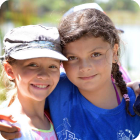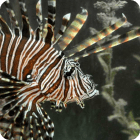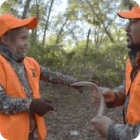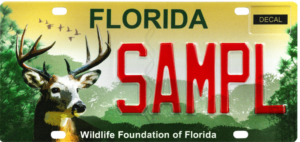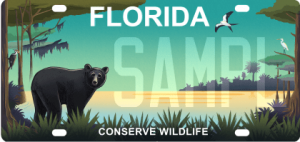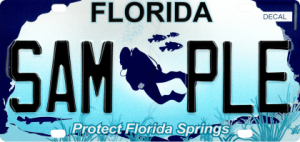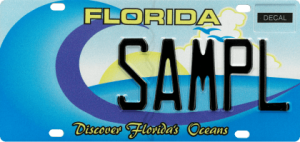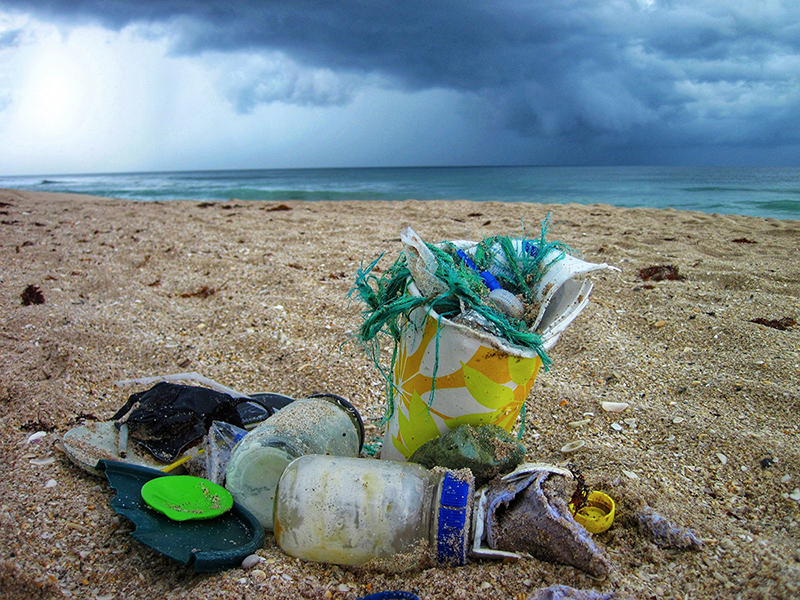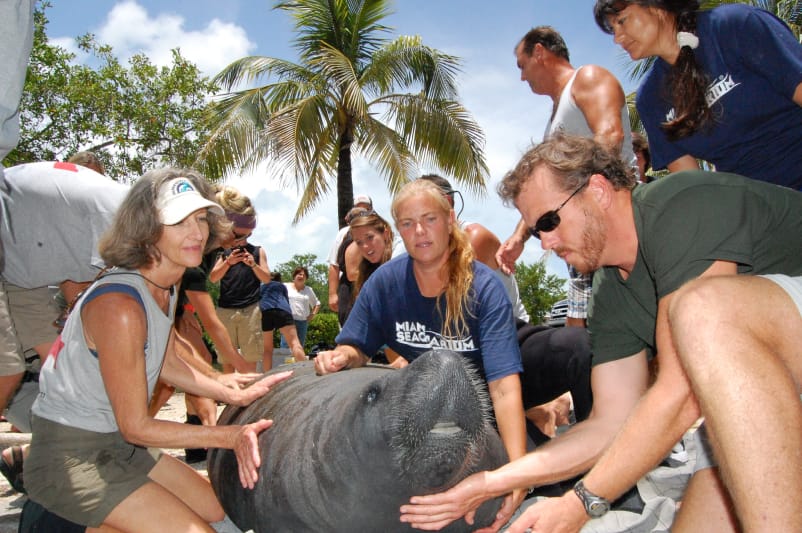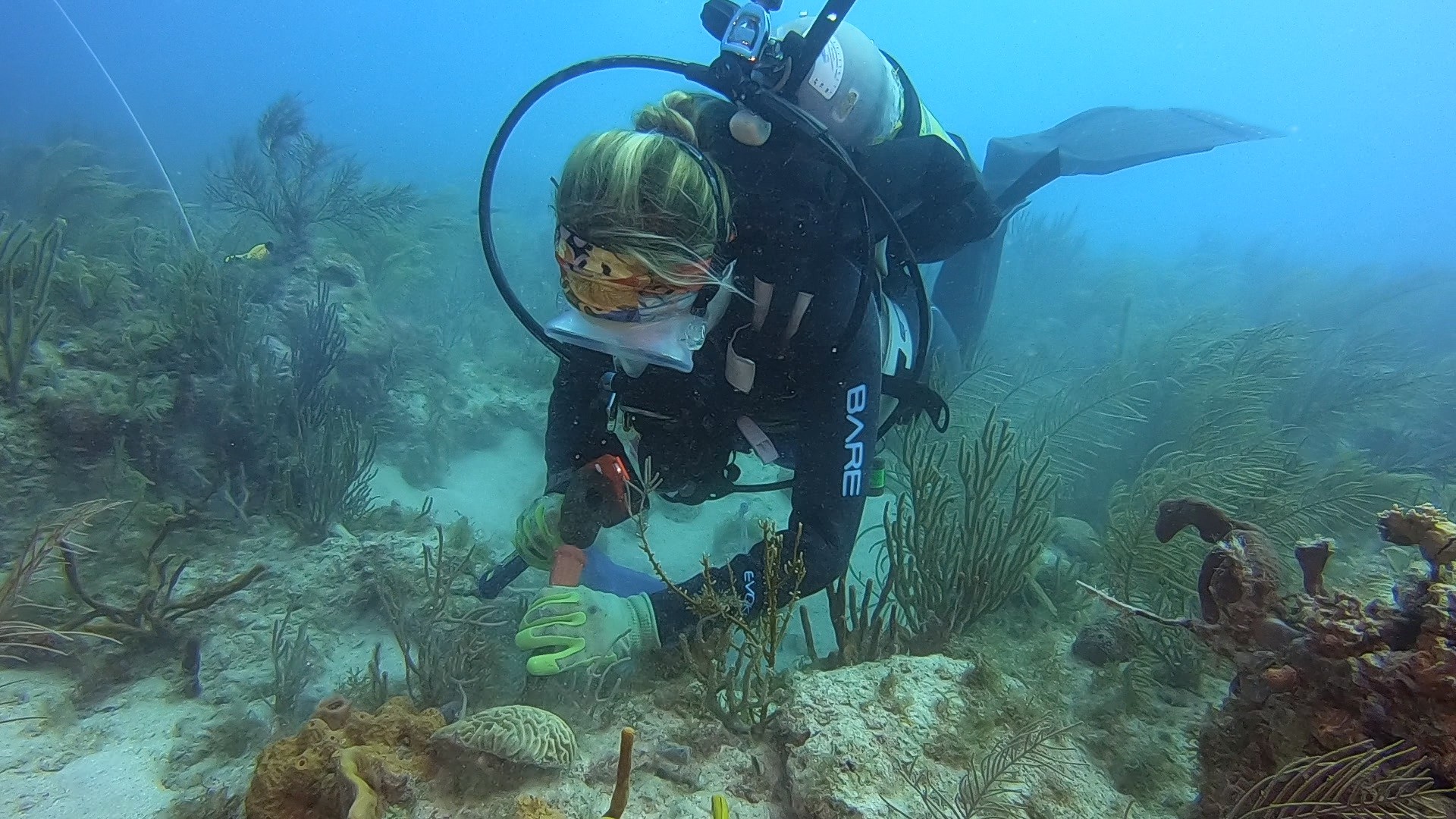
Scientists are getting closer to identifying how the disease that has ravaged Florida’s Coral Reef since 2014 may be spreading. A study by the University of Miami published in late January 2022 pointed to seafloor sediments as a potential vector for a hypothesized deadly pathogen associated with stony coral tissue loss disease (SCTLD).
In accordance with the disease’s name, stony corals are affected by SCTLD. Over 30 species have been recorded as susceptible to the disease. As opposed to “soft” corals, such as sea fans, stony corals are the type you likely picture, such as pillar coral that grows in long, tall pillars and staghorn coral that branches out like the antlers of a deer. Stony corals affected by SCTLD exhibit white lesions and experience rapid tissue loss. After the onset of the disease, many corals die within months.
The “tissue,” or hard skeletons, of these corals make up what is commonly known as a reef’s structure. This is where fish hide from predators and raise their young, anemones and algae grow, and processes like nutrient recycling occur to support the nutritional needs of hundreds of species. Reefs also play a major role in reducing coastal erosion from waves and tropical storm activity.
The exact cause of SCTLD has yet to be pin-pointed, which makes it all the more difficult to manage. The study, which can be read in length here, suggests “disease-associated microbes may reside in sediments.” Researchers built a disease transmission apparatus and exposed healthy corals to reef sediments inoculated with SCTLD. The study reported visible signs of the disease in as little as 24 hours in the exposed corals. Activities like coastal construction, dredging, and beach renourishment, which disturb seafloor sediments on a massive scale, may be to blame for the rate at which SCTLD has spread through the 360-miles of Florida’s coral reef over the last seven years.
In an effort to save North America’s only coral reef, our Foundation joined with SeaWorld, Disney Conservation, the Association of Zoos and Aquariums, FWC, and a host of other public and private organizations to create the largest facility of its kind in the U.S.: a warehouse to provide a safe, stable environment for coral colonies to receive world-class care from a team of experts. The Orlando-based Florida Coral Rescue Center houses a collection of corals rescued from the Keys ahead of the spread of SCTLD. Its staff will next breed resilient corals to replant Florida’s reef. This exciting work will secure the future of one of the most invaluable ecosystems on the planet. If you’d like to join us, donate to our Restoring Our Reefs fund.


